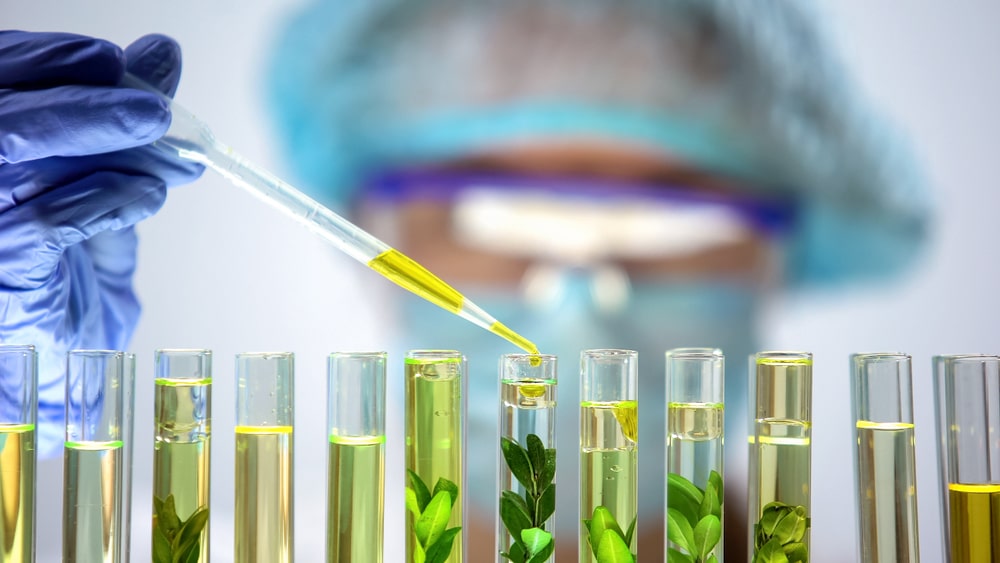The extraction of alkaloids is based as a general rule on the fact that they normally occur in the plant as salts and on their basicity, in other words on the differential solubility of the bases and salt in water and organic solvent.
Solvent extraction in alkaline medium
Step 1:
- The powdered defatted drug is mixed with an alkaline aqueous solution which displaces the alkaloids with acids tannins and other phenolic substances, the free base is then extracted with an organic solvent.
- Alkalization is very often achieved with aqueous ammonia. If the structure of the alkaloids to be extracted contains a fragile element for example ester or lactone fraction aqueous ammonia must be replaced by an alkaline carbonate solution.
- In some cases, a mixture of calcium hydroxide and sodium hydroxide is used i.e. in cinchona bark in which the alkaloids are combined with tannins.
- When using sodium hydroxide, it will turn phenolic alkaloids into phenolates which will remain in an aqueous solution, if necessary this can be used to fractionate the total alkaloids.
- The organic solvent can be a chlorinated solvent (dichloromethane or chloroform) depending on cost, toxicity, safety, and recovery.
Step 2:
- The organic solvent containing the alkaloids as bases is separated from the residue and if necessary partially concentrated by distillation under reduced pressure.
- The solvent is then stirred with an acidic aqueous solution. The alkaloids go into the solution in the aqueous phase as salts, whereas neutral impurities remain in the organic phase. Repeat the process till the organic phase no longer contain any alkaloids. Acids may be HCl, H2SO4, sulfonic, citric, and tartaric acid.
Step 3:
- The aqueous solution of the alkaloidal salt combines and if necessary, washed with non-polar solvent (hexane or diethyl ether), are alkalinized with a base in the presence of an organic solvent not miscible with water.
- The alkaloids as bases precipitate and dissolve in the organic phase.
- The extraction of the organic phase continues until the totality of the alkaloids has gone into the organic phase.
- Finally, the organic solvent containing the alkaloids, as bases are decanted, is freed from possible traces of water by drying over an anhydrous salt and evaporated under reduced pressure.
Extraction in Acidic Medium
- Two approaches are possible, in the first one the pulverized drug is extracted directly with acidified water.
- In the second case, it is extracted with an acidified alcoholic or hydroalcoholic solution.
- In the latter case, the extraction is followed by a distillation under vacuum which eliminates the alcohol and leaves behind the as acidic aqueous solution of the alkaloidal salts.
- In both cases, the result is an aqueous solution of an alkaloidal salt requiring purification. This can be accompanied by:
- Alkalizing the solution and extracting the bases with an immiscible organic solvent which leads back to the above steps.
- Selectively absorbing of the alkaloids in the solution of an ion exchange resin, then eluting with a strong acid.
- Precipitating the alkaloids are iodomercurals. The resulting complex is recovered by filtration dissolved in a mixture of water alcohol and acetone and decomposed by passing it through an ion exchange resin. This technique can be used to extract quaternary ammonium salts(QAS).
Make sure you also check our other amazing Article on : Electrophoresis
